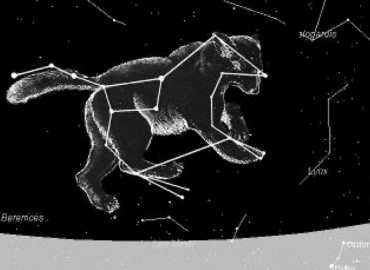One of the methods for working with fixed stars is to project the star onto the ecliptic via the lines of longitude from the celestial poles. When a planet was also at this projected degree on the ecliptic, then the only term astrologers had at their disposal was the to label the planet “conjunct” the star. Yet the star may well be around one of the poles, over 80 degrees away from the planet. Similarly if two stars occupied the same projected degree, whether the stars were in the same hemisphere or not, then these stars were considered conjunct. Thus a star could be deep in the south and be considered conjunct a star in the northern sky.
This misnomer has lead to some astrologers actually thinking that the planets were in the same place in the sky as the star. After a discussion in cyberspace with a community of astrologers that do work with projected degrees, it has been agreed to call these configurations alignments. Thus if the Sun is at, let us say, 14 Capricorn, it will no longer be referred to as “conjunct Vega” but rather as “aligned to Vega”.
Thus in astrology we will have:
A planet conjunct a planet – the normal concept of one ecliptically-tied body moving to the same ecliptical degree as the other, regardless of their celestial latitude.
A planet in paran to a star – the visual astrology method of linking a star to a planet.
A planet aligned to a star – the projected method of linking a star to a planet.
We hope that by astrologers adopting the term “alignment” instead of conjunction, that collectively we can begin to correct this misnomer and the resulting misunderstandings it produces. Please join us in this endeavour.




